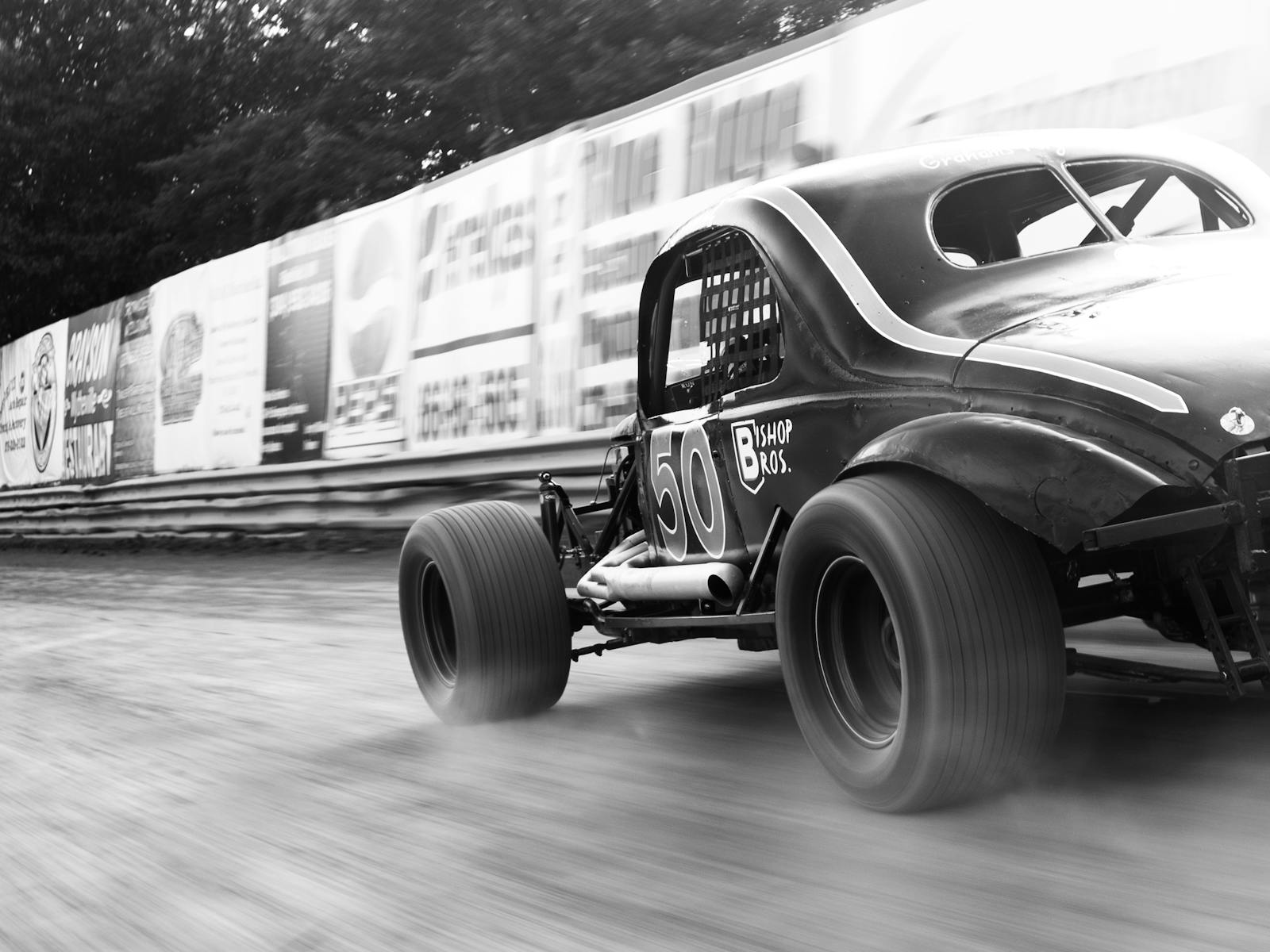Jay Leno talks prewar aerodynamics and drives a Chrysler Airflow
The evolution of the automobile is nothing short of fascinating, and once you dive into its history, you’ll soon discover many cars that were tragically ahead of their time. Cars like the Nash-Healey or Tucker 48 may have been commercial failures, but decades later, they’re gold mines to enthusiasts (and, in some cases, to collectors). On this week’s episode of Jay Leno’s Garage, Leno takes a look at one such vehicle—the 1934 Chrysler Airflow.
The concept of aerodynamics was slow to catch on in the automotive world, and when you think about it, the delayed timeline makes sense. In the early 19th century, most customers—and car manufacturers—weren’t thinking about fine-tuning fuel efficiency; they were concerned with powerful engines and comfortable cabins. OEMs could easily combat more weight with more horsepower and thus generally built automobiles that were narrow at the front, to accommodate long engines, and wide at the rear, to allow for spacious back seats.
The 1934 Chrysler Airflow bucked that trend. As Leno observes, the engine is shifted forward until almost half of it rests in front of the axle. The front sheetmetal is wide, lacking the narrow grille and hood that, traditionally, sat close to the engine. The rear forms a tight teardrop, minimizing air turbulence. However, the Airflow didn’t sacrifice comfort altogether; the engine shift also allowed the front seat to be moved forward, forming a spacious interior despite the sloping roofline.
Other fun features are the Airflow’s three-way windows and crank-out windshield. The wide windows have a section that winds down, another wing window that winds out, and—as if that weren’t enough—the operator can link them together and roll the whole kit and caboodle into the door.
Driving the car, Leno demonstrates that under all that polarizing bodywork is a great car. The three gears are selected manually, but once over 25 mph the overdrive engages on its own after the driver lifts off the accelerator for a second. The transmission also has a freewheeling feature, which essentially puts the car in neutral while decelerating. As Leno warns, though, that is a recipe for cooking brakes in a vintage car.
The Airflow was so far ahead of its time that Chrysler didn’t expect it to be well received. When orders piled in at the car’s debut, the company was taken off guard and struggled to meet the demand. Some orders were canceled and, despite the initial flurry of interest, the look never caught on with most buyers, even though Chrysler later tried to soften the polarizing look by reverting to a more traditional design. It may not have been a sales success, but the Chrysler Airflow lives on as a compelling piece of automotive history.

